Over the last three decades, NZ was the most dependable rug importer in Auckland and other cities in the USA.
Persian carpets online
Hand-Knotted Persian carpets that are Certified Authentic. Every purchase includes a certificate attesting to the rug’s origin. The territory currently known as Iran was originally known as Pars, and it is proud to be home to the world’s most renowned carpet culture and art. Carpet weaving and dying is a technique passed down from generation to generation in Iran, where all carpets of various sizes and styles are created. Senneh is the language spoken in the Turkish-speaking region of Iran. Handwoven carpets usually obtain their names from the location where they are made or from the people who weave them. Because the majority of traditional designs and colors are linked to the place where the carpet is woven, each hand-woven carpet’s precise origin can be determined simply by inspecting its design and colors. For example, it is now common practice in India to replicate famous types of handwoven carpets created in Iran. To demonstrate the point, consider using Indo Gbbeh as an example. Iranian (Persian), Afghani, Pakistani, Balochi, Turkmen, Caucasian, Hindu, Tibetan, Turkish, Chinese, Azarbaijani (East Azerbaijan), European, and South American forms are the most common and well-known. Tibetan, European, and South American styles are also available. There is no doubt that Iranian carpets have contributed significantly to the significance that has accrued from the creation and weaving of carpets over the years. This section will introduce some of the most important Iranian styles, as there are many different Iranian styles to pick from. Carpets in Iran are commonly named after the city or region in which they were woven, such as the Hamadan carpet, Mashhad carpet, Bijar carpet, or Shiraz carpet. Carpets, on the other hand, might be named after the numerous ethnic groups responsible for their manufacturing. also be given a name, such as the Qashqai carpet. When newcomers arrive in this society, they quickly discover that the carpet serves an important purpose. In major cities, many specialty carpet stores can be found in close proximity to one another, for example, in the same neighborhood or on the same street. As you walk down the street, you can see individuals hauling carpets to the market in little trucks or vans. Looms and various tools and equipment, like as yarn and other materials, are widely available. You may come across regions where a carpet has been placed down and then washed with water and a brush. It is a prevalent misperception in the West that Iranian and oriental carpets are interchangeable. 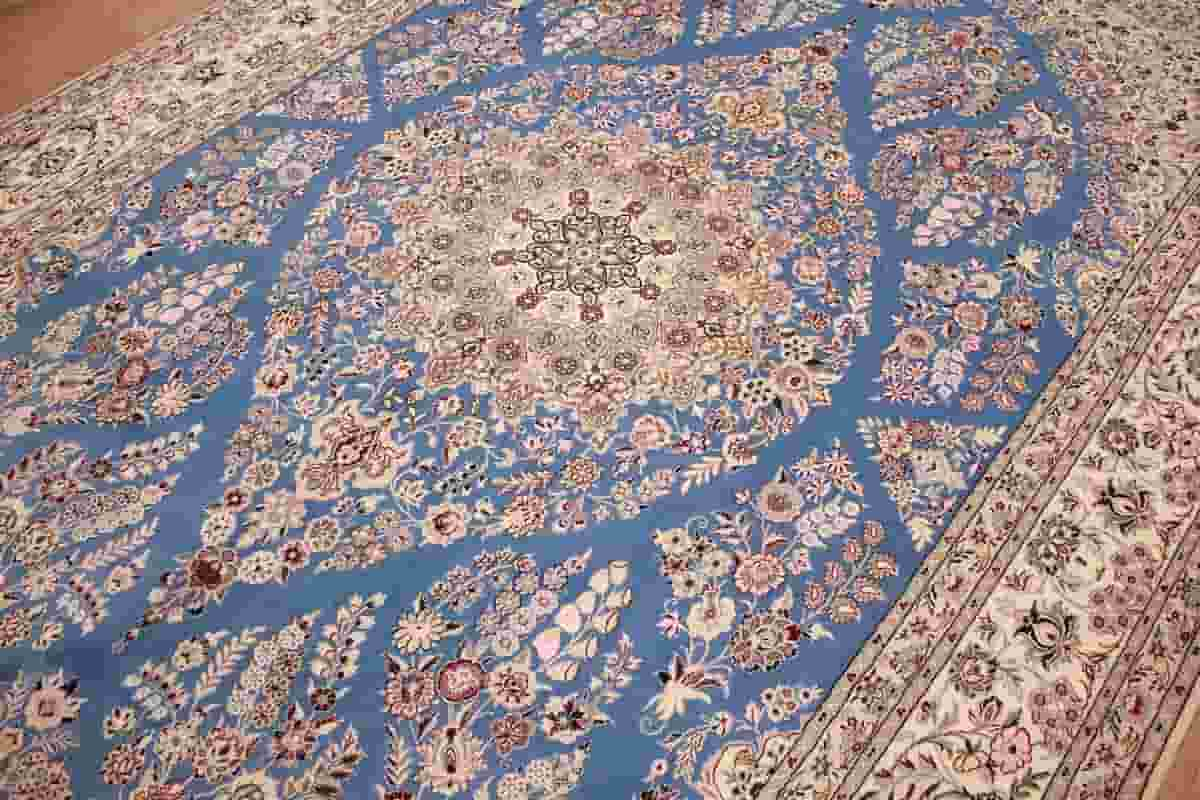
Persian carpets cleaning
Of course, this is not the truth, but it is understandable given the influence that Iranian carpet manufacturing has had on countries all over the world. Nat Larson, a Swedish author, notes in his book about oriental carpets, “Iranians scrupulously preserve the art and culture of their carpets. ” He goes on to say that “their weaving art is exceedingly conspicuous and distinguished, and is regarded as the best example in the world.” Handwoven carpet from Kashan, Iran. Kashan, with a population of around 120,000 people, is located on the borders of the desert plain, immediately between the cities of Tehran and Isfahan. For a long time, this city has been known for its pottery and textiles. This city’s significance along the Silk Road has traditionally arisen from its function as both a resort and a commercial center. Kashan is thought to have been the site of the famous Ardabil carpet’s creation in the 16th century. Visitors to the Victoria and Albert Museum in London can view the carpet for themselves today. Furthermore, carpets with a long and distinguished history that are promoted as hand-woven Kashan carpets are sold under this name. Kashan and its surrounding villages are responsible for the hand-weaving of these carpets. The Safavid era, which lasted several centuries, was responsible for the creation of the most remarkable carpets (1502-1736). After a long pause, the production of high-quality carpets resumed in the later half of the nineteenth century. These carpets are woven in Iran using extremely dense knots, cotton for both the warp and the weft, and other high-quality materials. Their patterns are masterfully constructed and contain complex framing, niche and khatan door designs, and floral motifs that are repeated throughout the pattern. Their predominant background and accent colors are blue, red, and beige. The quality of these rugs varies greatly from one another. Even if some of them were not made in Kashan, when they are for sale, they are referred to as Kashan carpets. Afshar is the name of the rug. Almost half of the Afshar tribe’s nomads have settled in the region surrounding Kerman, which is located in the southeast of Iran. For hundreds of years, these nomads lived in the northwest corner of Iran; nevertheless, over half of the tribe was forcibly transported to where they are now, in an area where the carpet business is a key component of the local economy. Kashan hand-woven carpets are often geometric in design and predominantly red and blue in color. Their most common design features a central area surrounded by one or more square medallions Some individuals believe it is a secret symbol that was drawn to prepare the carpet. 
Persian carpets in the USA
The width of these medals, which are thought to represent Afshar carpet symbols and still exist today, vary according to the length of the carpet to which they are affixed. Similar carpets are made in the city of Babak, which is close to the city of Afshar. These carpets feature a higher density, more precise designs, and more details than Afshar carpets. Sirjan carpets are the market name for carpets created in the Afshar style. Persian carpets are a style of carpet that is commonly accessible in all major cities throughout the USA. To continue our discussion of significant Iranian carpets, consider the following: Carpet Ardabil The province is named for the city of Ardabil, which acts as the provincial capital and is located in the extreme north of Iran on the Caspian Sea’s coast. When a carpet aficionado hears the phrase “Ardabil hand-woven carpet,” his or her mind immediately goes to the legendary Ardabil carpet, which is currently on display at the Victoria and Albert Museum in London. This specific carpet was woven in Kashan, but it spent many years in an Ardabil mosque before being sold to provide funds for the mosque’s care and maintenance. Shirvan, Qarabag, and Ganja patterns found in Caucasian carpets serve as inspiration for the carpets manufactured in Ardabil. These carpets gradually gained appeal among collectors and became highly sought after. Ardabil thin rugs with geometric designs are attractive and have a wonderful surface texture. To this day, the vast majority of these goods are created by genuine carpet manufacturers and sold as Ardabil carpets. Bakhtiari rug The Zagros mountains, located west of Isfahan and around Shahrekord, are home to the nomadic Bakhtiari tribe. The majority of them speak Persian or a Lori dialect, however Bakhtiaris in Khuzestan province speak Arabic as their native language. Men of the Bakhtiari ethnic group wear wide pants, round headgear, and short shirts, which date back to the Parthian period. During that time, the chiefs of the Bakhtiari tribes, also known as Khans, played an important position in Persian society. Chahar Mahal and Bakhtiari, one of the most popular locations for the production of handwoven carpets, attracts nomads and people of many races. Bakhtiar is the general name used to market all of these rugs (also Bakhtiari). They are sometimes referred to by the name of the location where they were woven, such as Beldaji, Feridan, or Saman. 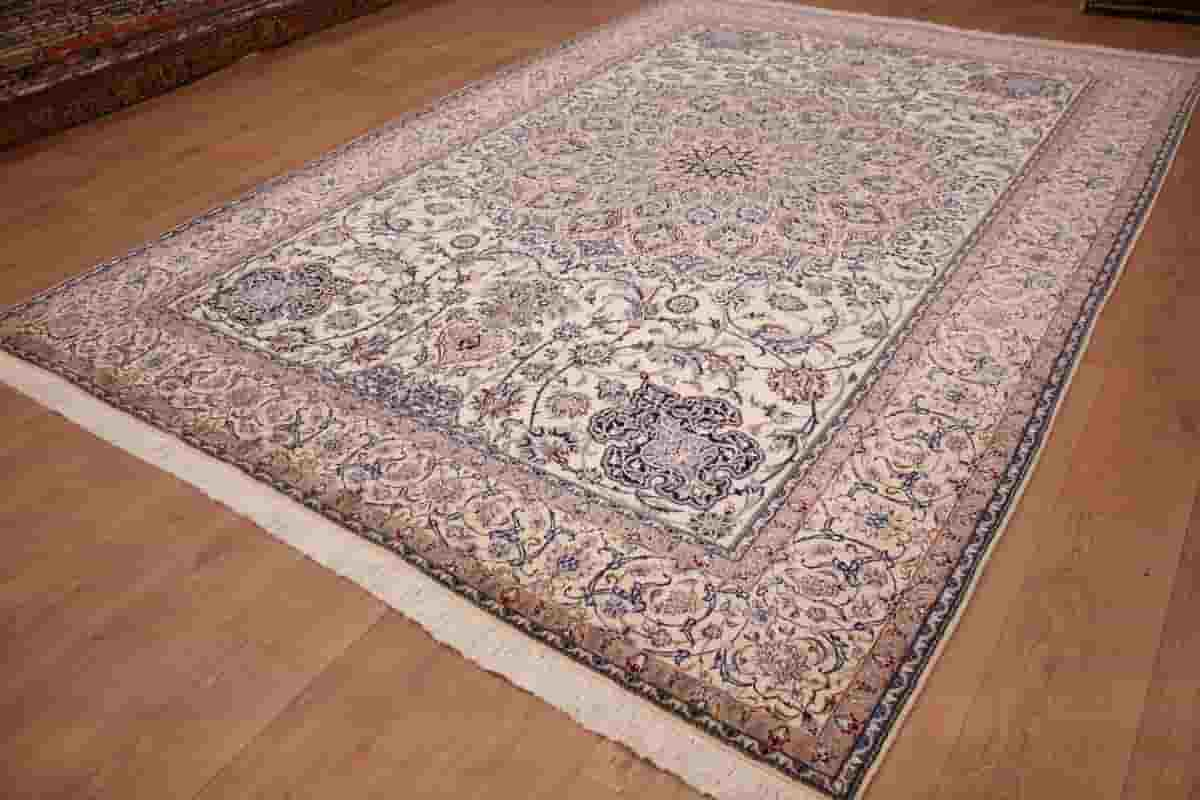
Persian carpets handmade
These carpets are thought to be among the most durable Iranian carpets since they are woven from wool that is famed for its longevity and is carefully pounded. This gives the carpets a robust and solid appearance. One of the more well-known designs on these carpets is the clay pattern, often known as the garden pattern. The carpet is divided into squares with flora and animals to reflect Iranian gardens in this pattern. Isfahan carpets have inspired a wide range of design elements, including medallion motifs and tree designs. The Baloch carpet The Baloch people are indigenous to the region that divides Iran and Afghanistan. The term “Baloch” refers to nomadic people of different ancestry and race. Agriculture, the rearing of sheep, goats, and camels, and carpet making are the main ways they support their family. The carpets of Afghanistan and Turkmenistan, which are also handcrafted, are extremely similar to Baloch carpets. Their matte finish can range from red to dark blue to black and brown. Their designs are geometric, with motifs of trees of life incorporated into curved curves. They are frequently in the form of prayer rugs with designs of altars. Ornamental kilims are sometimes woven throughout the width of these carpets to protect them from wear. The length of these carpets is usually made up of several strings made of goat and horse hair. Their threads are either totally wool or a wool-goat hair blend, but the threads in their current carpets are cotton. The craftsmanship on this carpet is exceptional. Through the usage of these carpets, which are both robust and thin, the audience is given a sense of the sincerity of nomadic handicrafts. These rugs are frequently on the smaller side and have animated and animated designs. Another form of carpet that is widely used is prayer carpets. These carpets are known as Baloch-Mashhad carpets, and they may be purchased in the Iranian city of Mashhad. Carpets created in the Baloch region of Afghanistan and marketed in the Afghan city of Herat are referred to as Baloch-Herat carpets. Carpet bijar.
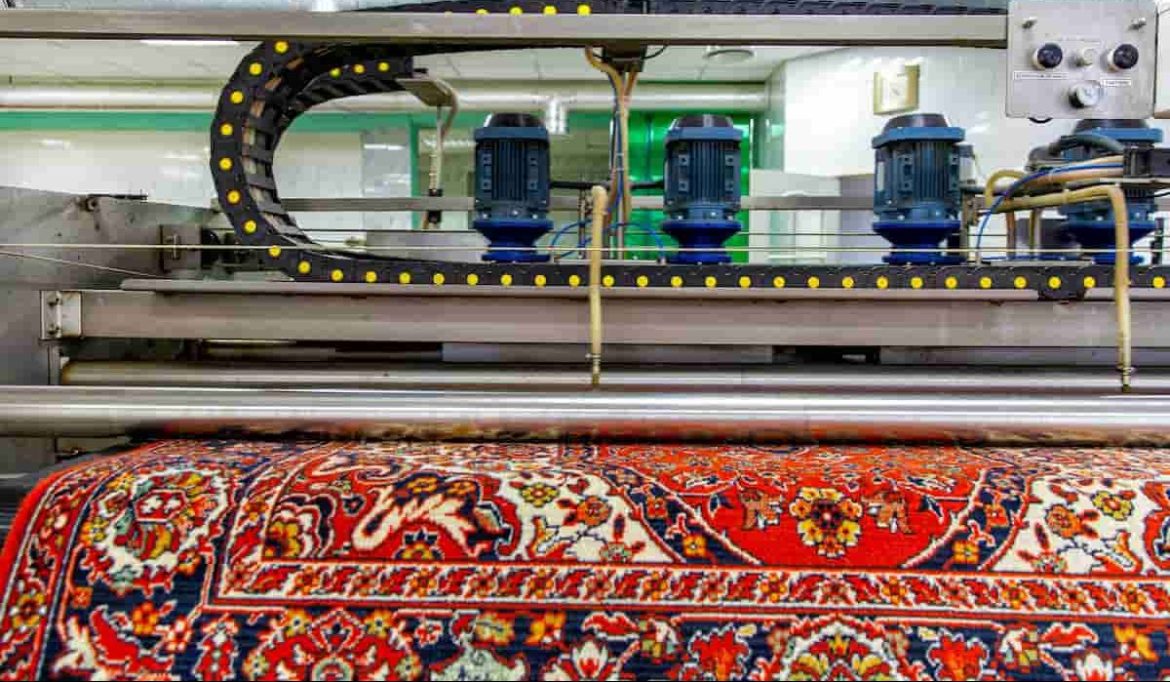
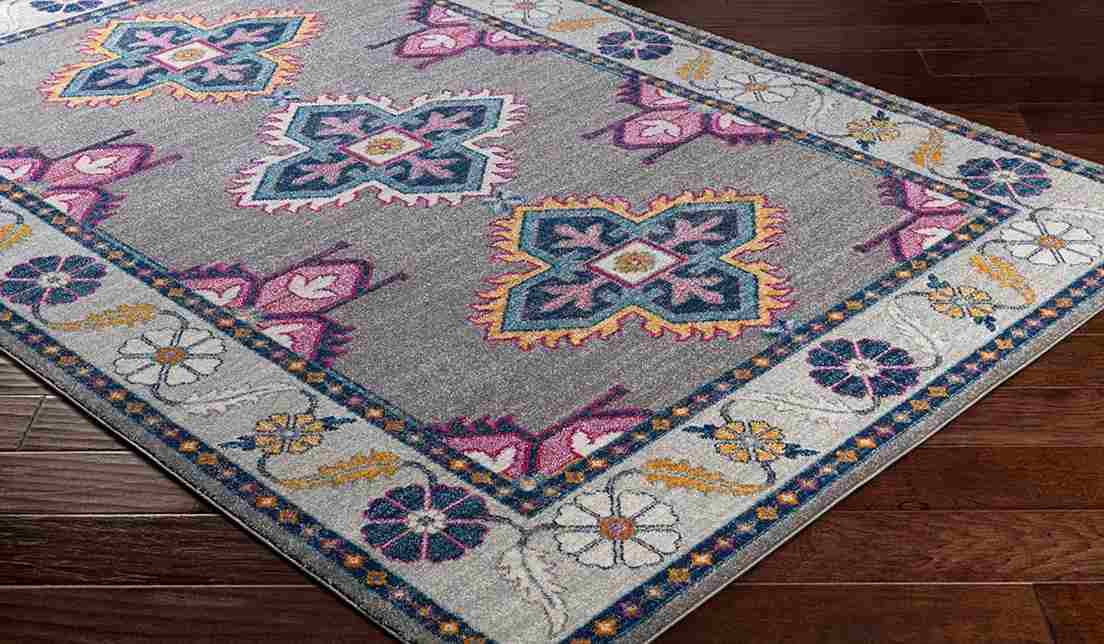
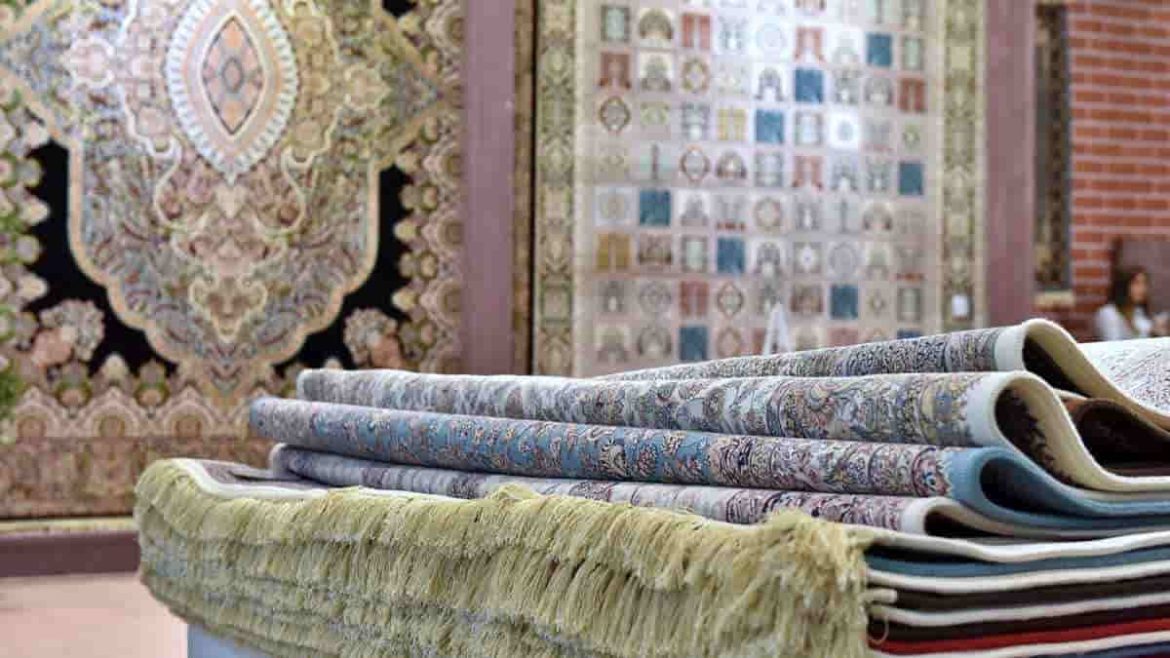
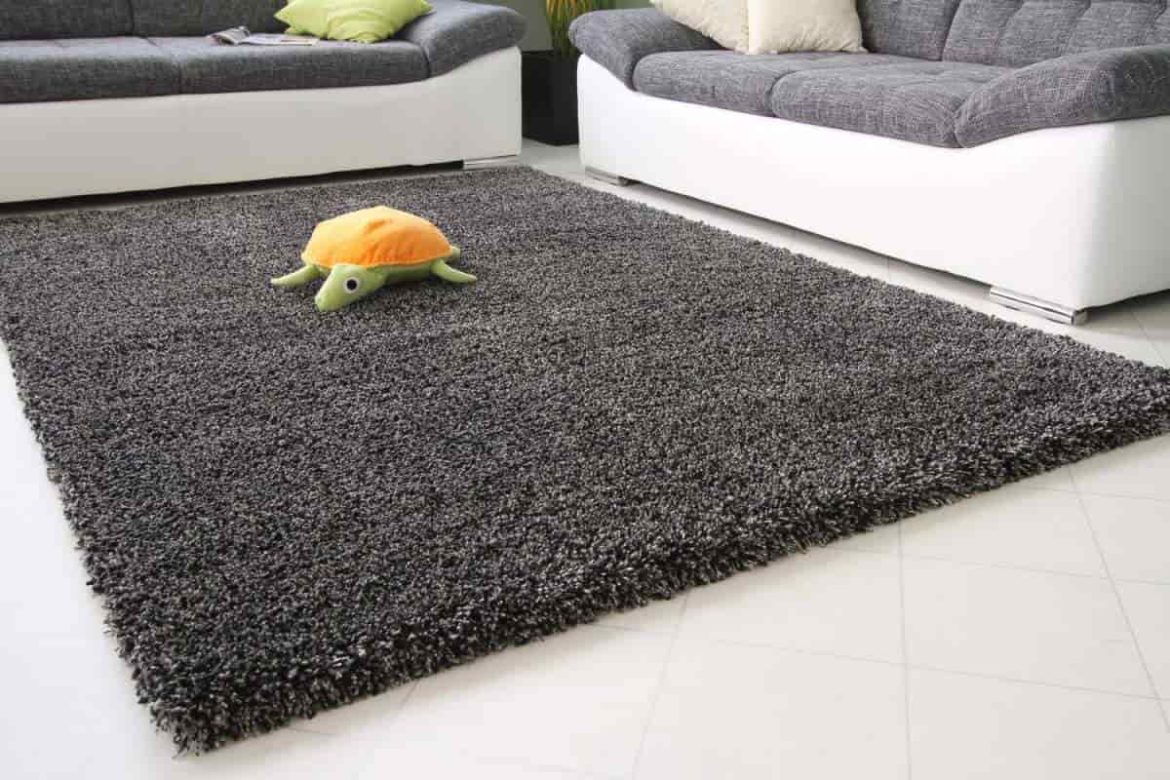
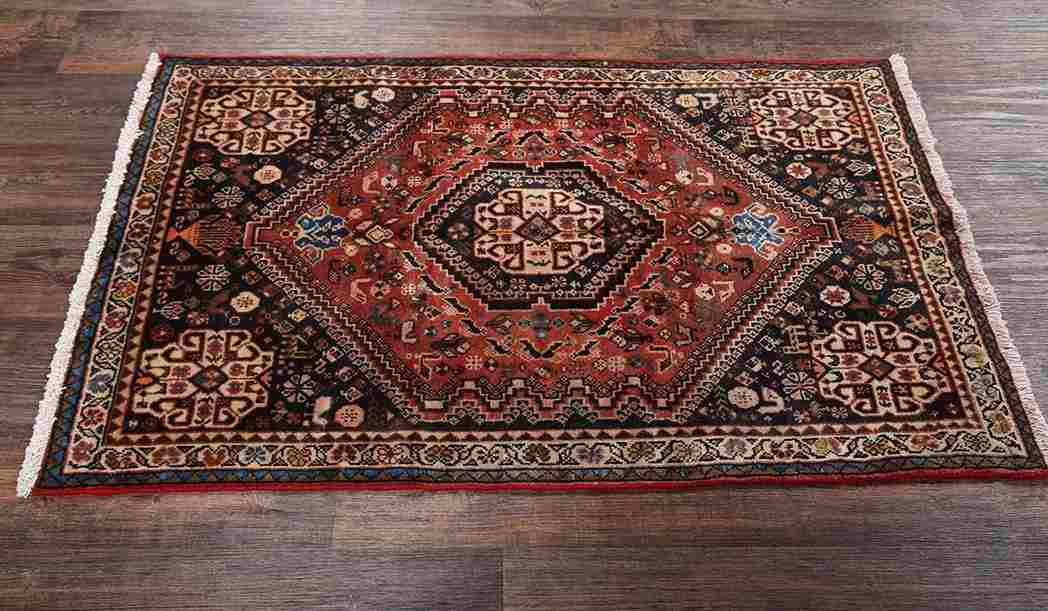
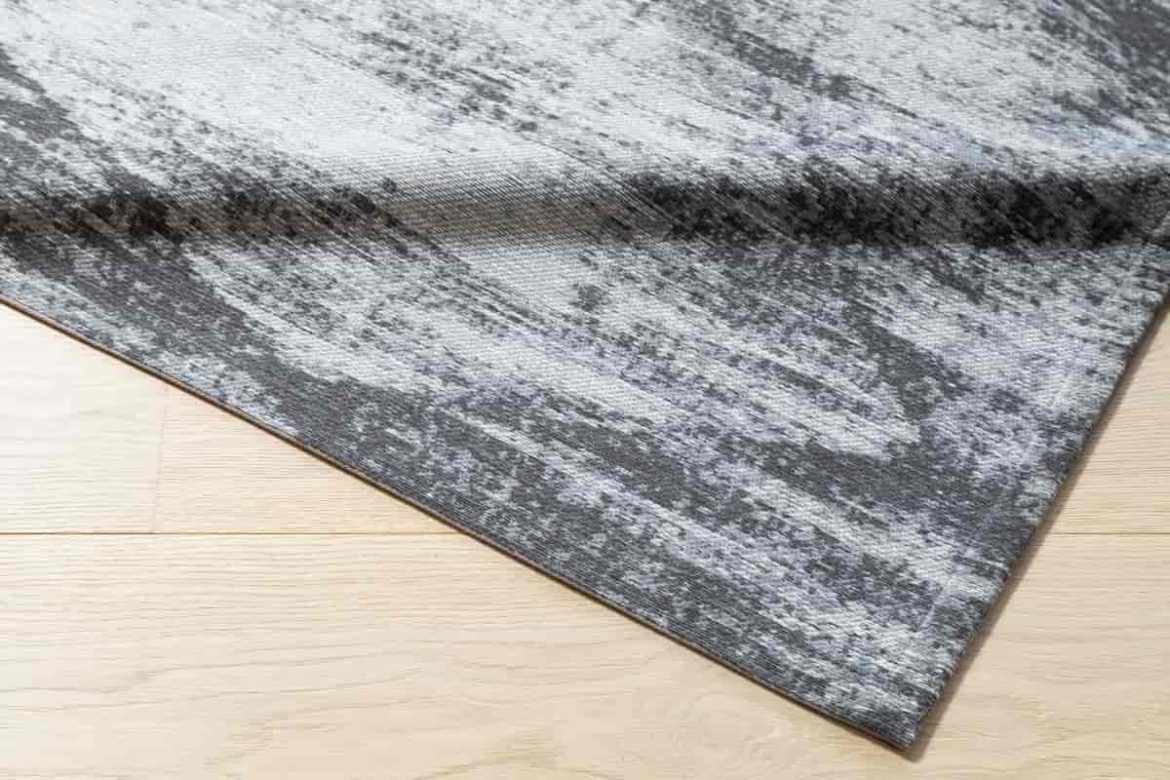
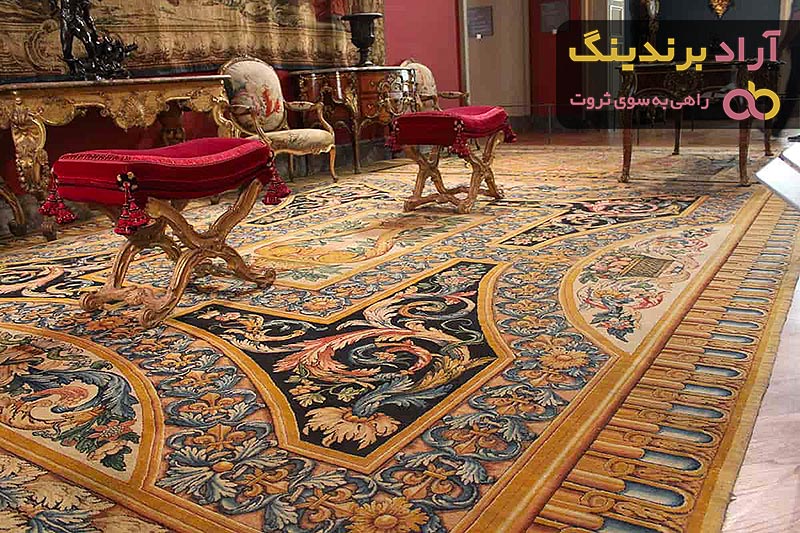
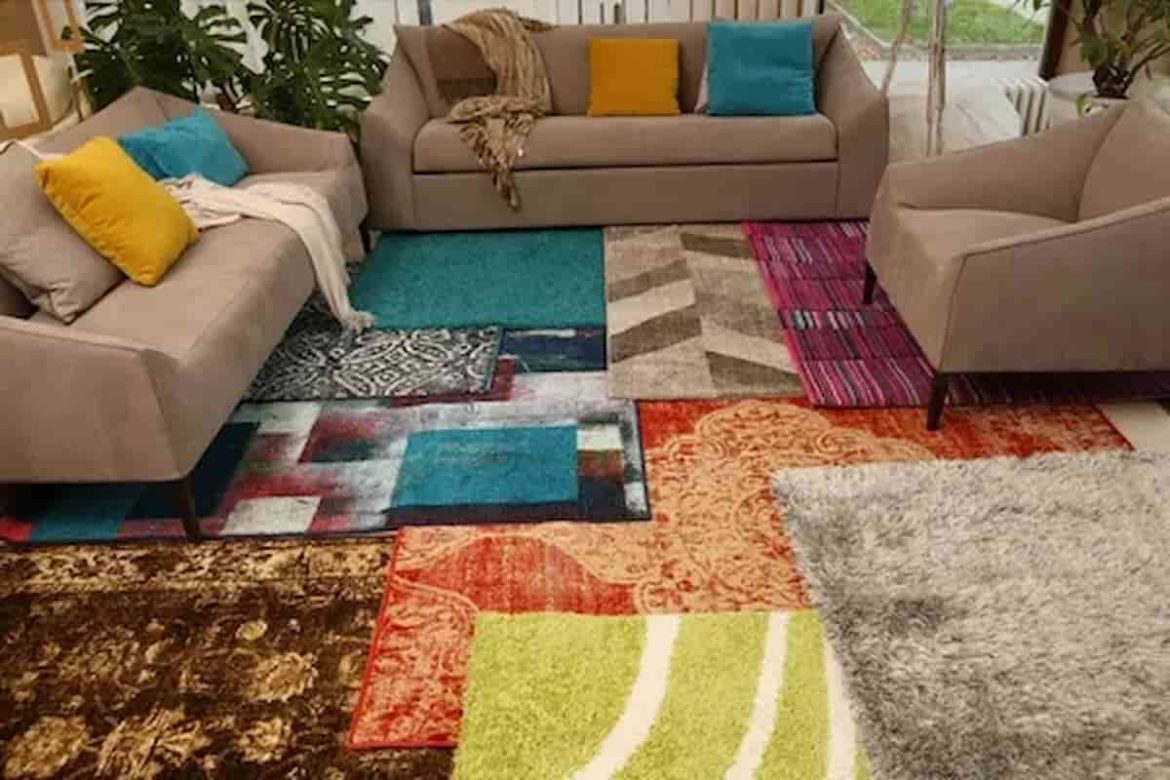
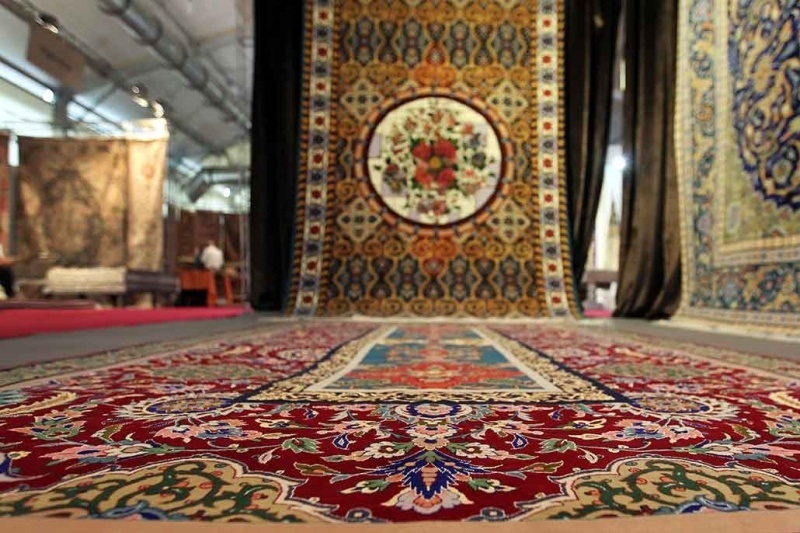
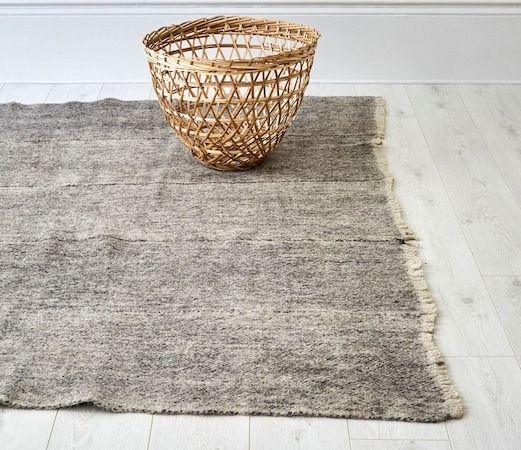
Your comment submitted.